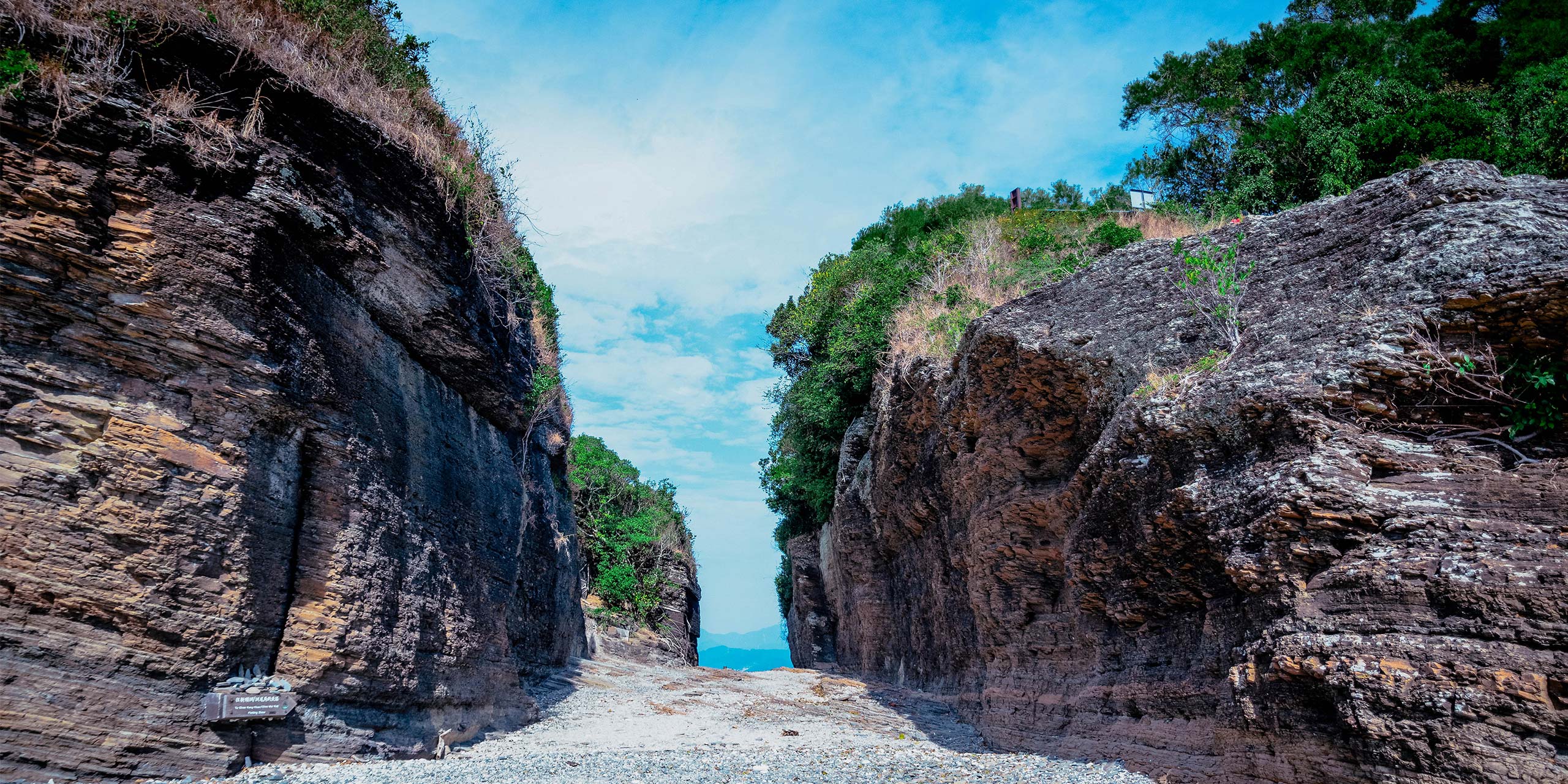
One of the most densely populated places on earth, Hong Kong is a center of finance, style, shopping, and luxury living. But offshore are over 260 islands that offer escapes into nature. People come for hiking, camping, fishing, kayaking or just relaxing with a cold drink on a sandy beach. These four are just a selection of the numerous islands there to explore.
Lamma Island
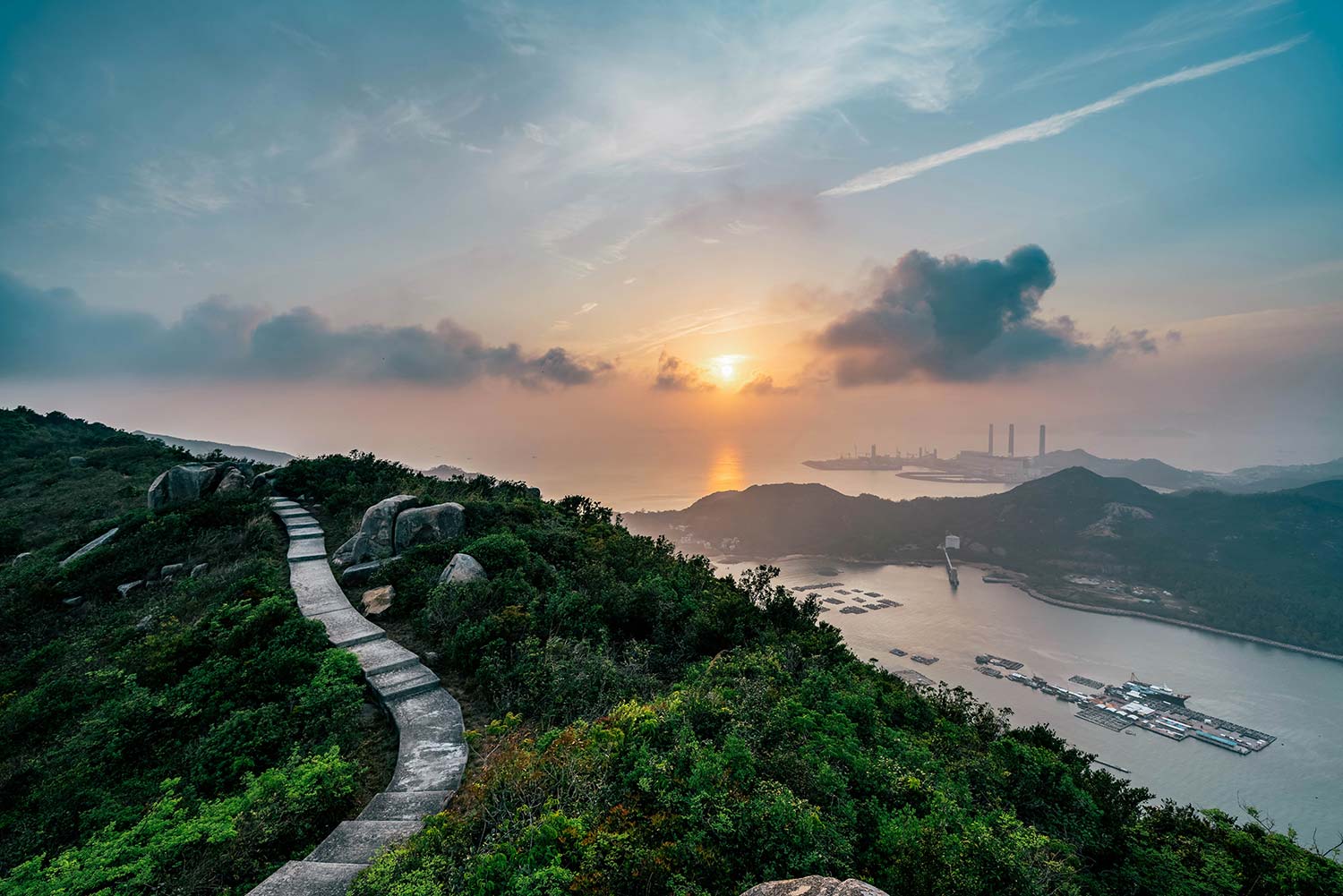
A friend who has lived on Lamma Island for years describes it as one part traditional Hong Kong and another part international hipster. It’s a place where you can have congee for breakfast, hike, swim and rock climb all day then watch the sunset with a craft beer and international or Chinese seafood fare just on the harbor.
Yung Shue Wan, the main town is where more than half of the island’s 6000 residents live. Old-style Chinese shops sit along chic boutiques and upscale restaurants serving international cuisine alongside traditional noodle shops. There are a few places to stay, but most overnight visitors to the island are looking to camp.
The Lamma Island Family Trail starts in Yung Shue Wan and connects the island’s two piers across two-thirds of the island. The trail is an easy hour-long walk through the lush interior, with views out at the sea all along it. The trail also accesses three of Lamma’s white sandy beaches.
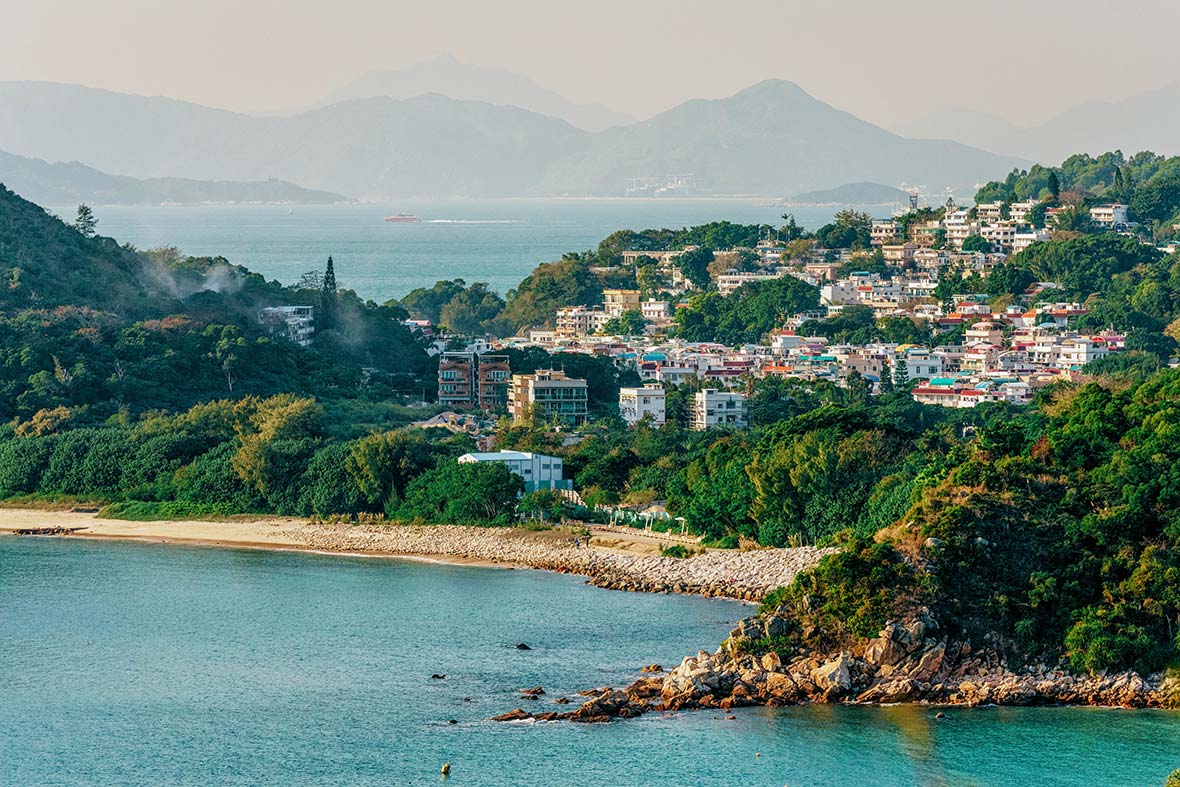
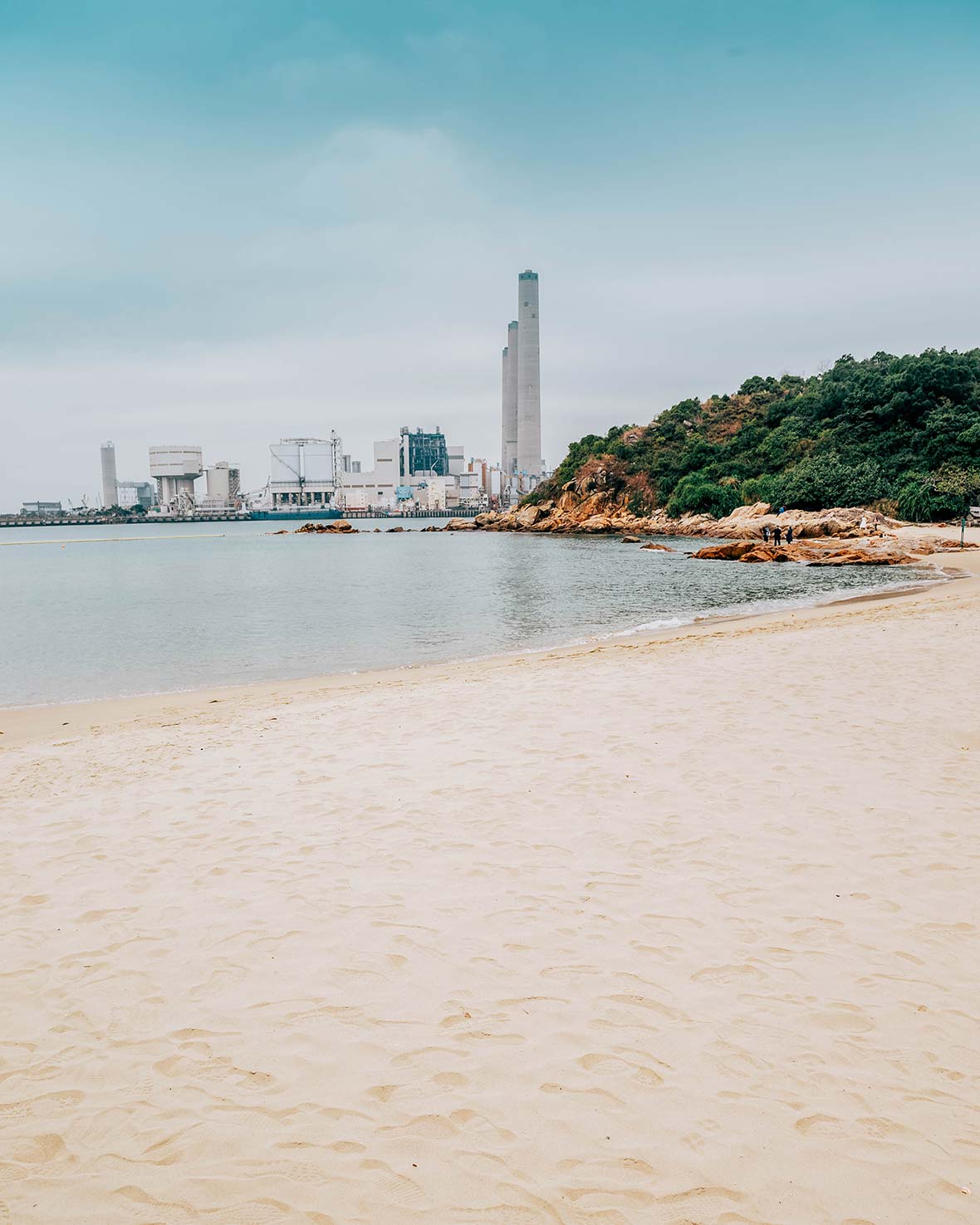
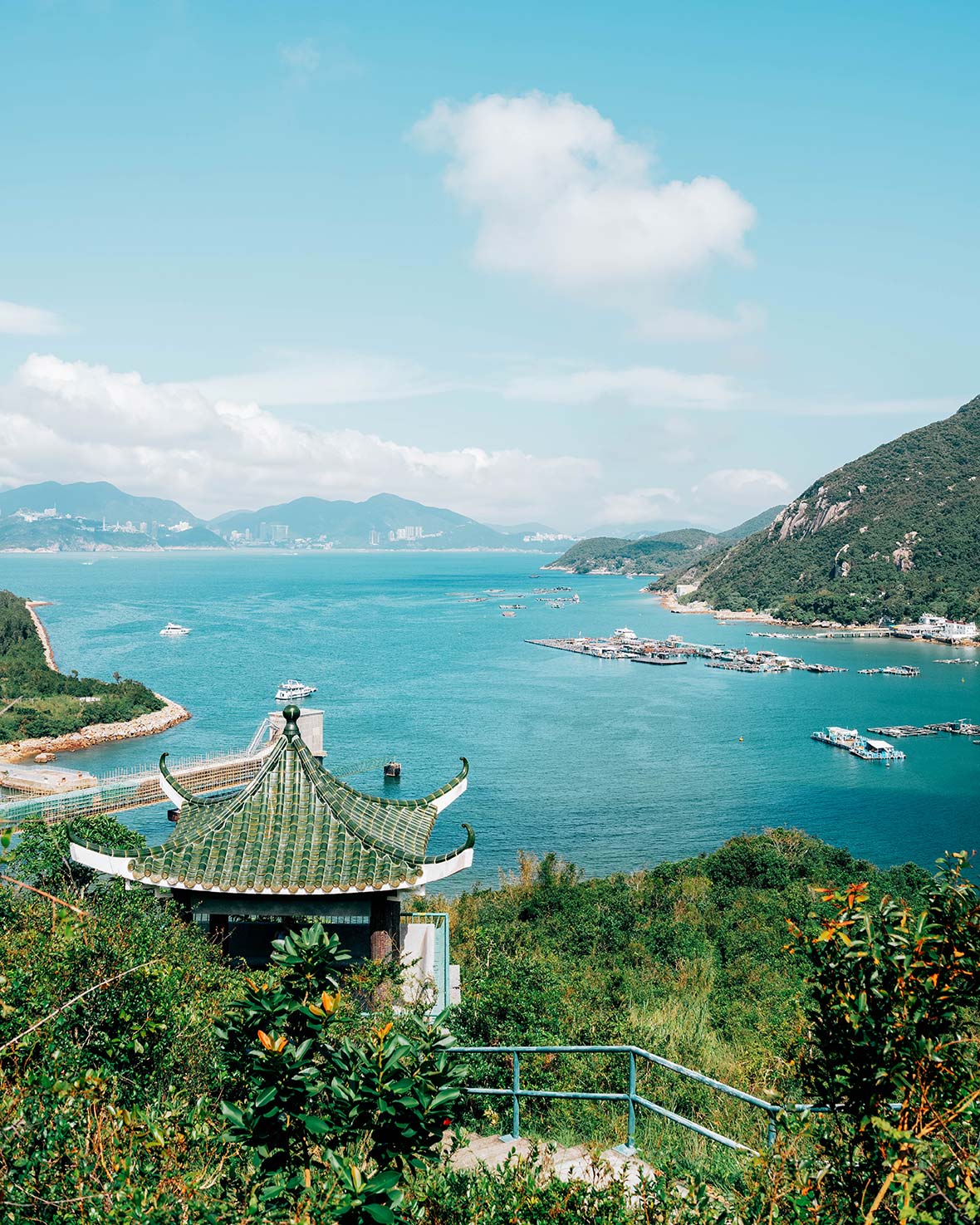
Hung Shing Ye, perhaps the most popular, offers an opportunity to swim in clear and clean water, get a bite to eat at food stalls, and use the facilities. Sham Wan, further from town is a better choice for those looking for a more isolated spot. Both beaches are good spots to snorkel from or kayak to.
The trail ends at Suk Kwu Wun, the old fishing town, where fresh seafood is plucked from tanks and delivered to the table. Most day trippers would return to Hong Kong Island from here. Those looking for a more strenuous hike may try the Sok Kwu Wan Trail which rewards hikers with panoramic vistas of the South China Sea and connects to three distinct rock climbing and bouldering sites.
The island is also a great place to watch birds, explore abandoned tunnels left by the Japanese during World War II, and spot snakes, including pit vipers and kraits which can be dangerous if provoked.
Tap Mun
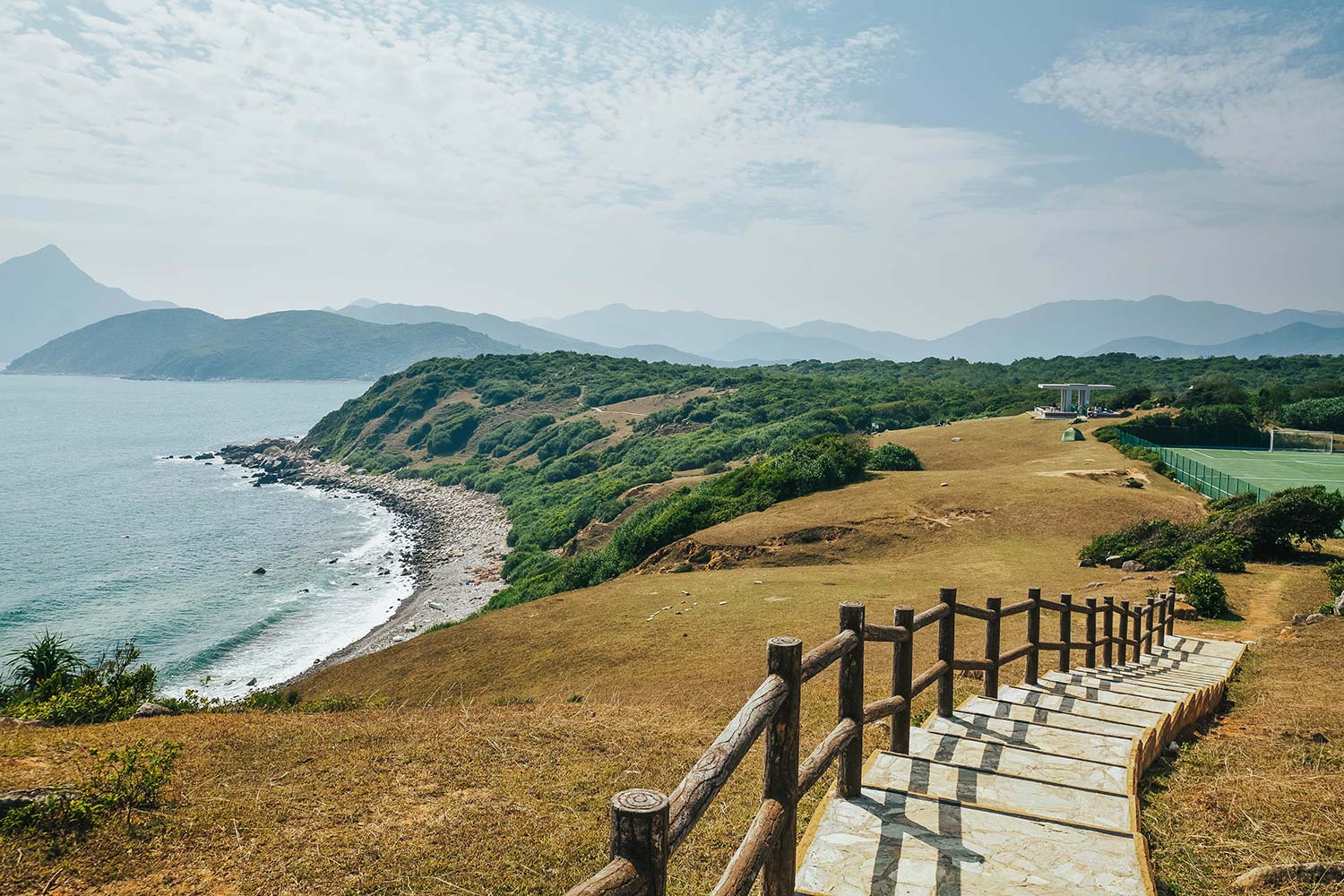
There are camping sights on several of the islands but the preferred spot to pitch a tent for locals is among the rolling hills of wild grass on Tap Mun. Campers come to escape the crush of the city, and the heat since after sunset sea breezes cool the hillsides down. The best sights at the top of the hills provide a 360-degree view.
A circular walking path from the pier leads visitors to the Tin Hua temple and around a grass hill to the hilltop pavilion. This a popular place for picnics and contemplation of the sea. Afterwards, head back down the shore and through the New Fisherman’s and Yung Shu’s villages. The path ends right back where it started.
Off the main loop are trails exploring deeper into the island. Some lead to empty coves, hidden valleys and rocky outcroppings that might be all your own for the day.
Most of the year the island is nearly empty with only a few hundred remaining inhabitants split in either of the two remaining fishing villages. The island attracts hordes for annual festivals held at the island’s 18th-century Tin Hua temple complex. Once a decade the island also hosts a marine parade that draws huge crowds.
Tap Mun
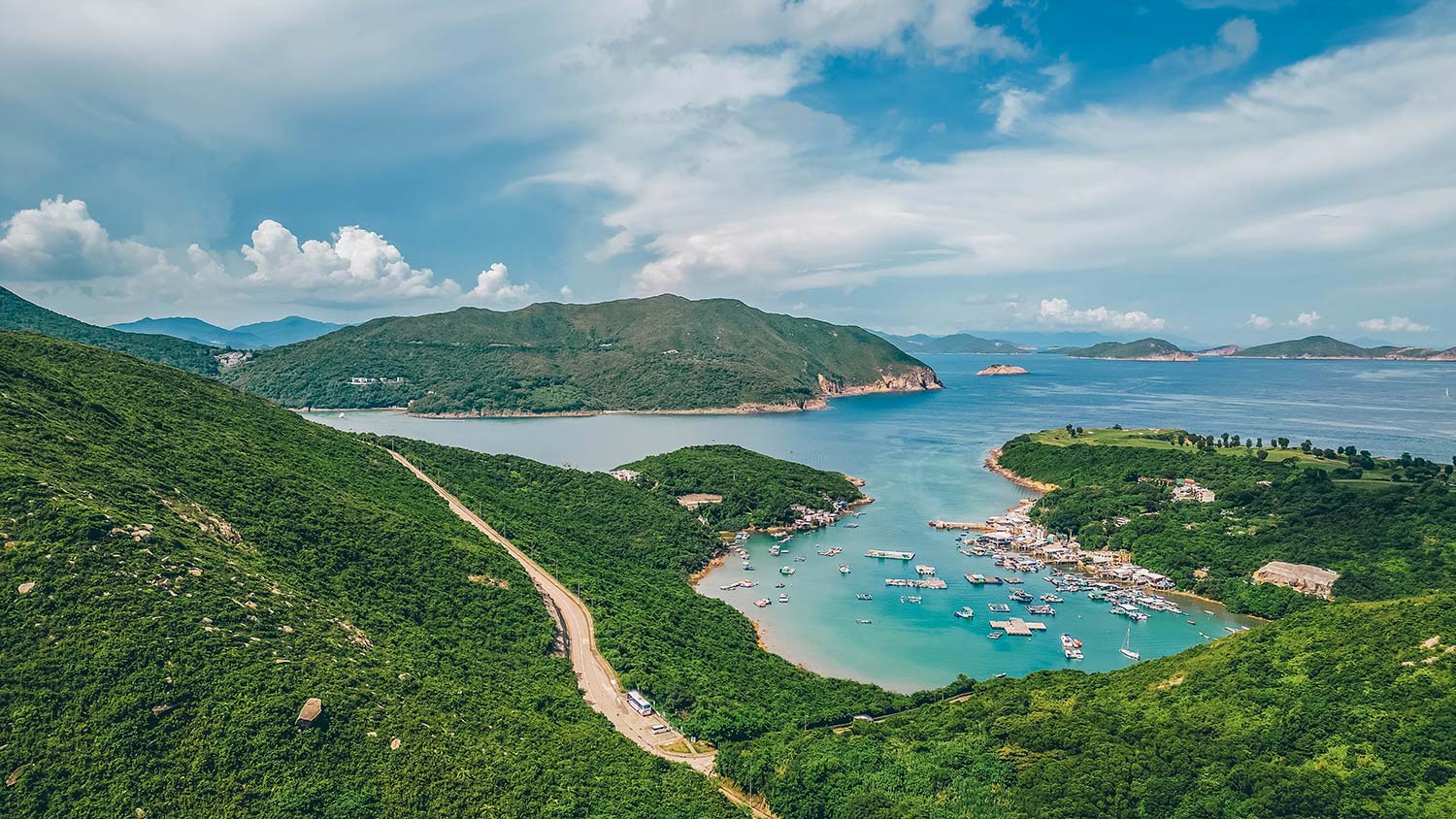
Once inhabited by fishermen and seaweed gatherers, Po Toi only ever had around a thousand inhabitants, reduced in the past few decades to just around a hundred.
The island is best known for challenging hikes among the rock formations that spike its landscape. One of the most popular hikes takes visitors to the island’s southern tip, to the iconic Po Toi lighthouse for sweeping views. Along the way, hikers can find bronze-aged rock carvings and remnants of old village settlements, providing insights into the island’s rich history.
Po Toi attracts rock climbers looking for more secluded cliffs than ones closer to Hong Kong. Odd formations chiseled by the sea, cliffs and faces of limestone abound and views from the heights are worth the sweat and effort it takes to reach them. There are no official routes or equipment on the island.
There are no roads on Po Toi, which enhances its throwback appeal. It’s a place that feels paused in the past thanks to its diminutive stone houses and wooden fishing boats. People also come to feast on fresh delicacies like abalone and sea urchins.
Tung Ping Chau
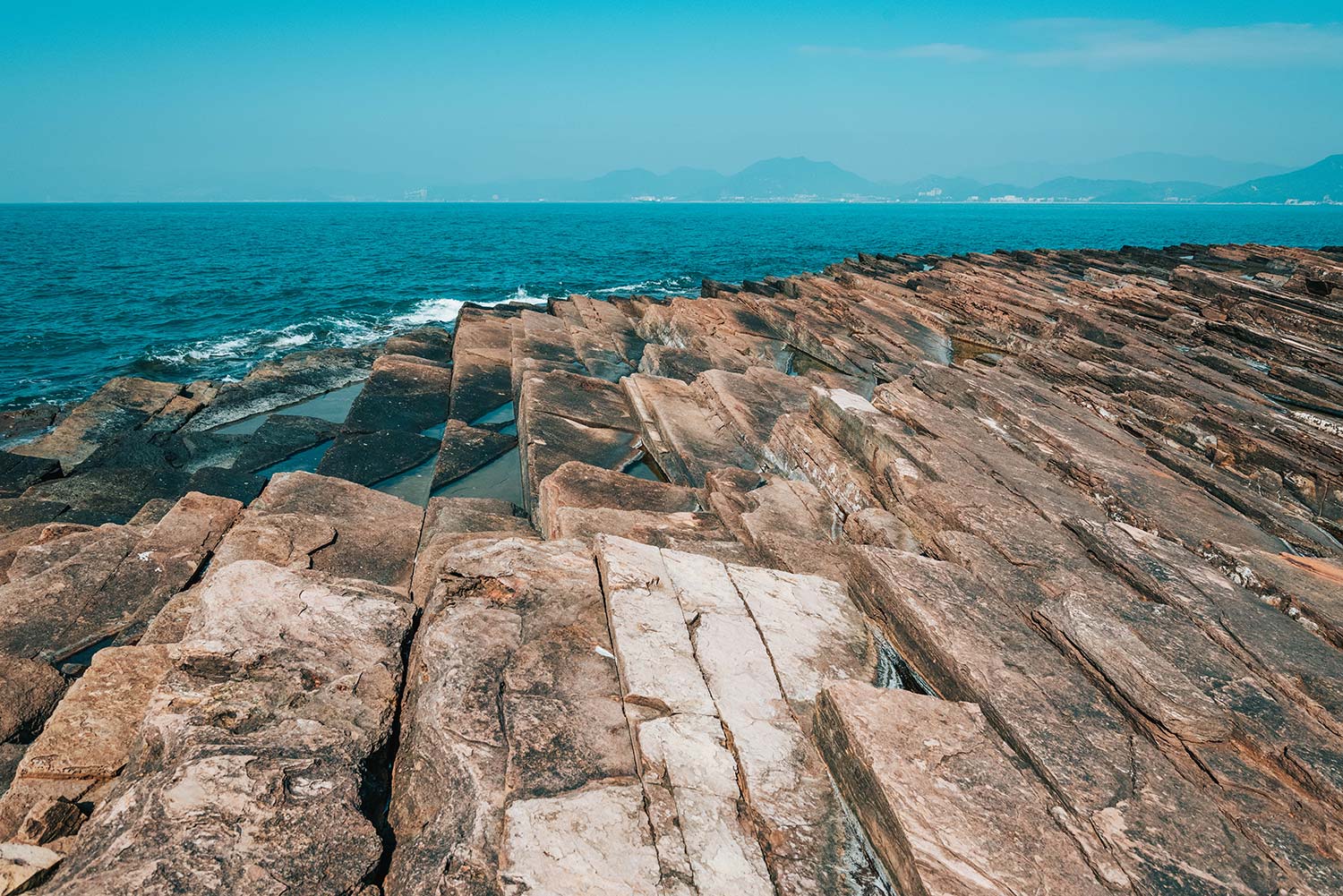
The sea currents around Hong Kong run from tranquil to treacherous. Thus, they offer adventure to kayakers of all levels. In the azure waters surrounding Tung Pin Chau are sea arches, and volcanic formations named a UNESCO Geopark. Tung Ping Chau is the most remote island to Hong Kong, but also the closest to mainland China.
Historically the rocky inlets and bays around Tung Ping Chau gave refuge to pirates and smugglers of opium, guns, and other contraband. During the Cultural Revolution, some mainlanders attempted to swim to the island to get to Hong Kong. The island is virtually abandoned today.
Tung Ping Chau Marine Park was designated in 2001 and is recognized by UNESCO for its unique rock formations, rock pools, and stepped cliff sides. Small enough to be explored on foot the island has an outsized range of dramatic viewpoints, coves and crevices to get in and explore.
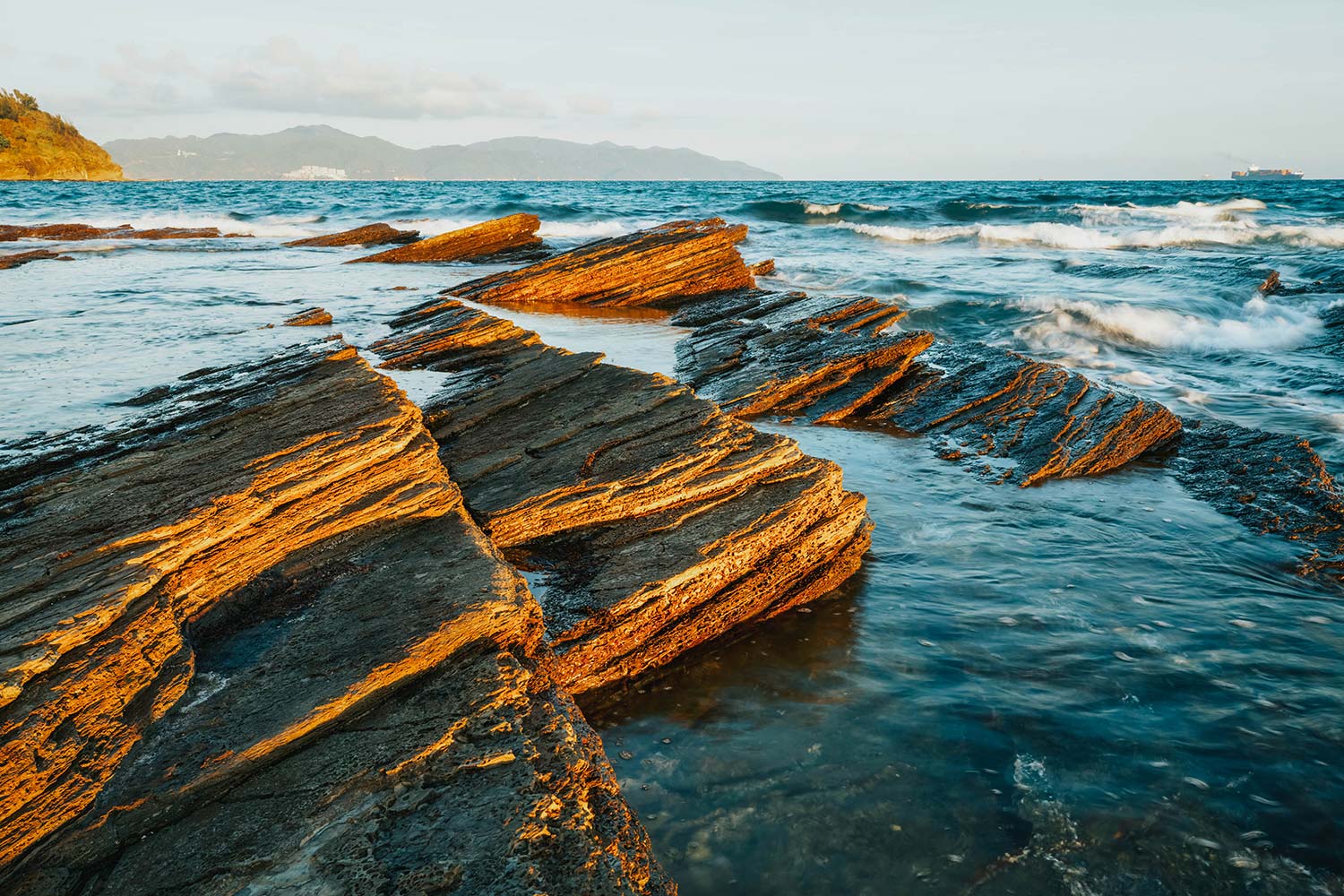
Snorkelers and scuba divers come to check out the marine life that thrives among the rocky formations. An abundance of fish lives among spreads of coral, while sea turtles and dolphins can occasionally be spotted in deeper waters.
Photographers also flock to Tung Ping Chau to snap the rock formations in the changing light which seems to animate them against the shimmering teal-blue water. The nooks and crannies in the volcanic formations make ideal shelters for birds of all kinds which attracts twitchers from far and wide hoping to get a shot of that rare bird in such a dramatic setting.
There are also no vehicles or roads on the island, which makes it about as primitive as modernity will allow. But you can still see Hong Kong on a clear day and at night like a line of fairy lights out in the distance.
